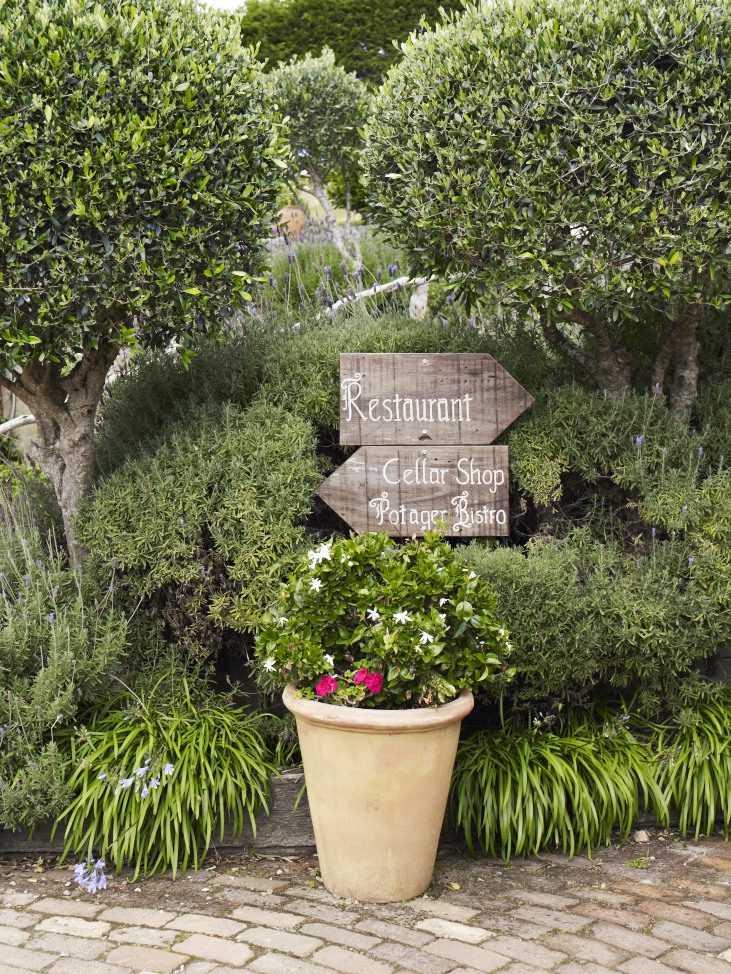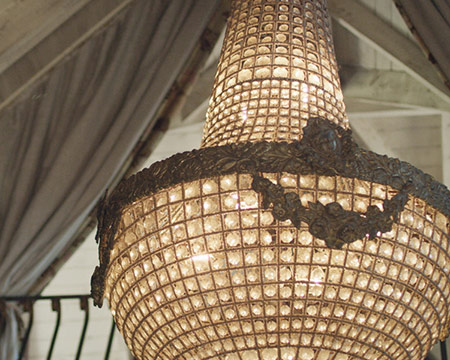
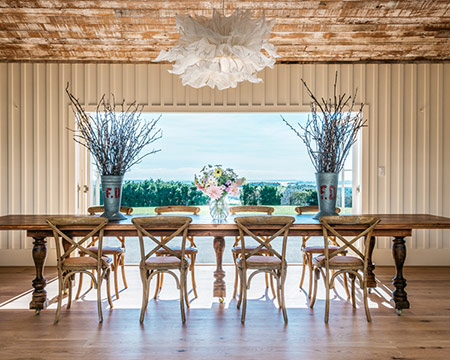
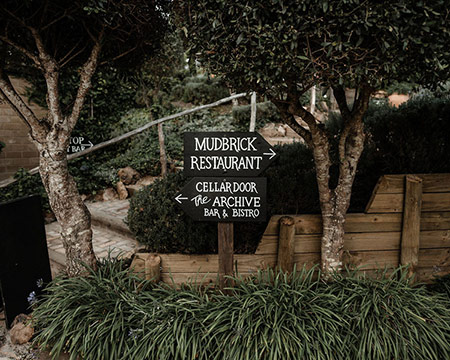
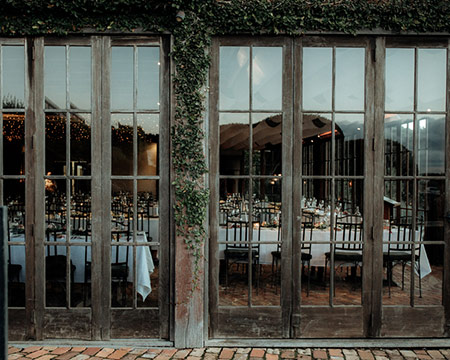
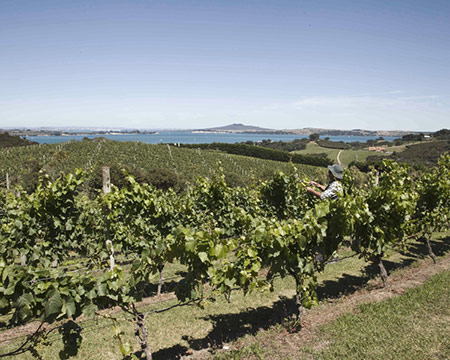
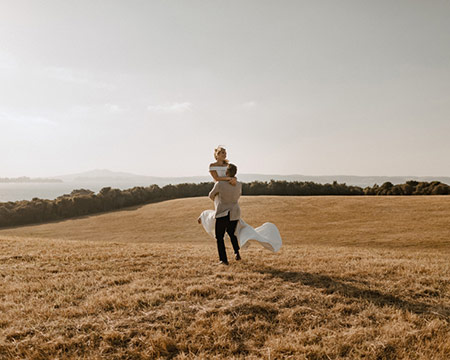
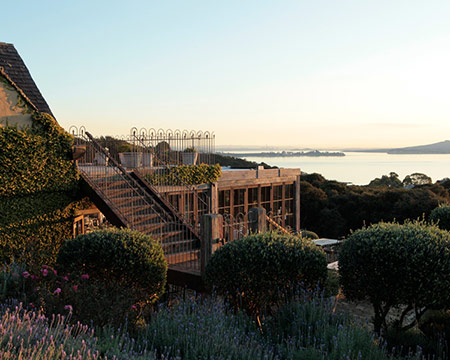
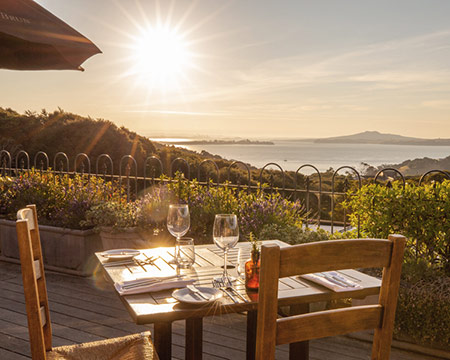
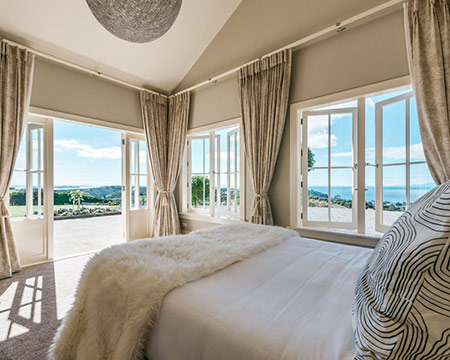
+64 9 372 9050 [email protected]
126 Church Bay Road Oneroa, Waiheke, New Zealand










+64 9 372 9050 [email protected]
126 Church Bay Road Oneroa, Waiheke, New Zealand
“When we first purchased Mudbrick, it was a beautiful bare block, covered in long brown dry grass, a result of the scorched earth of a long hot summer. Over the 28 years that we have owned the property we have gradually developed our gardens resulting in what they are today. We started slowly – there was so much to do let alone the gardens in the beginning. Remembering that at that time, there were just the two of us, one who worked a full-time job in the city, the other with a 6-month-old baby and a one-month-old restaurant. But things change, and time moves on. Little by little more wonderful people came to help us, in one incarnation or another – a fabulous chef, a fabulous restaurant manager…and a many truly incredible gardeners over the years.
We now have 4 gardeners, Asha, Jill, Tom, and Sue who doubles as a florist!” – Robyn Jones
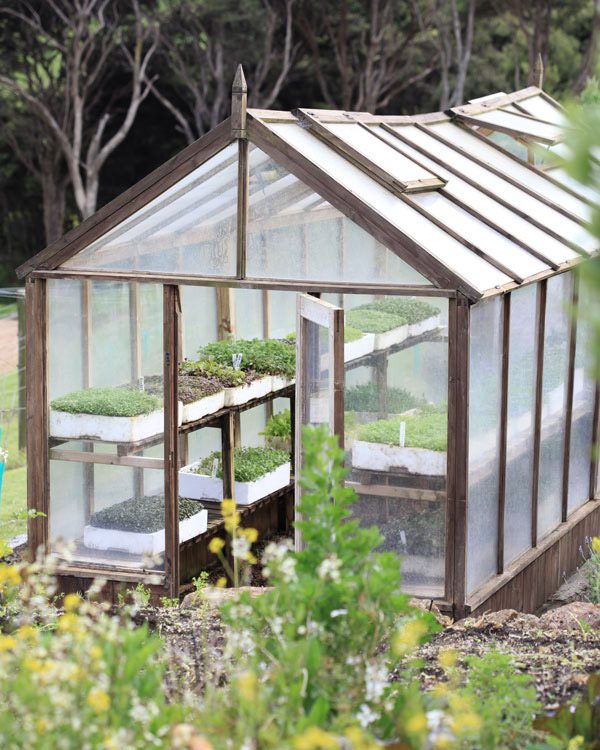
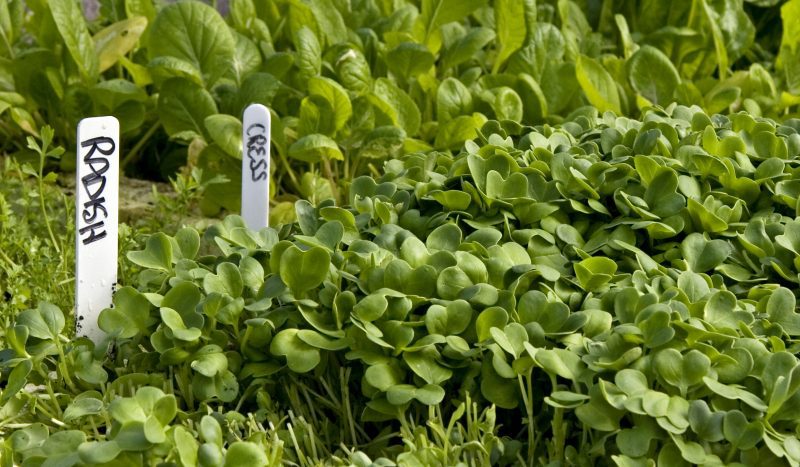
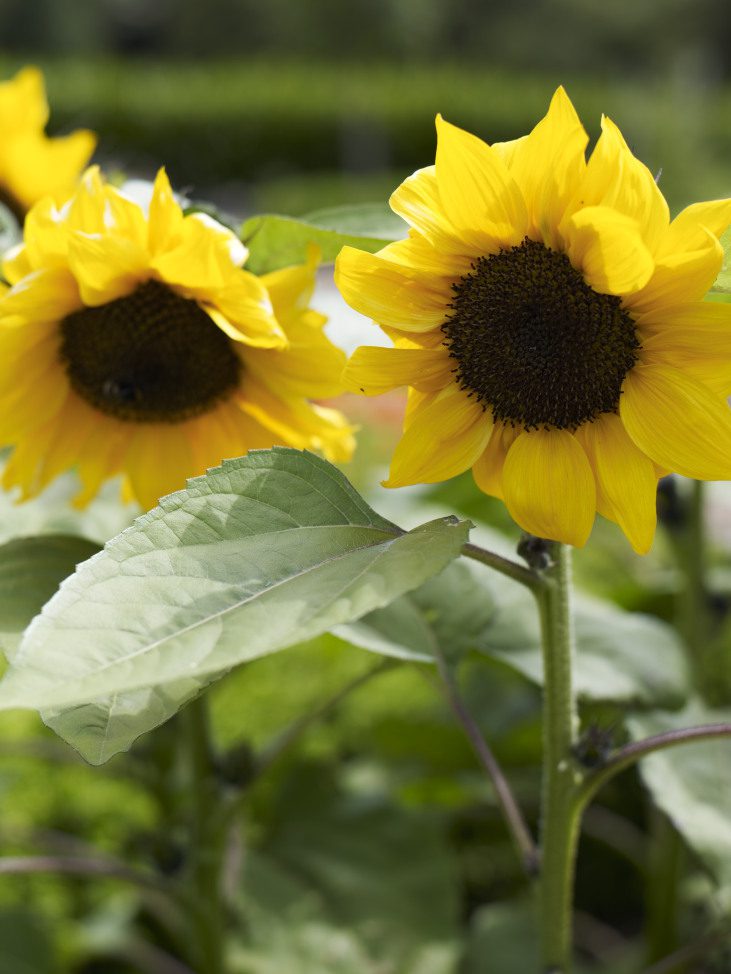
“The gardening started in a very humble and amateur way. I planted some sunflowers up the path to the restaurant. I didn’t mulch them or make a proper border, and I planted them in the midday sun, and I still remember that I was hot, sweaty and irritated by the end of it. It was such an amateur effort! I forgot about them from then on, but they took root, and they flowered, popping their jolly heads up, bobbing along the path as the guests arrived. That was the beginning of the realisation that gardens bring joy to people. My mum was a fantastic gardener, it was her main hobby, so I was not without some background, but in reality, the most I had ever done was walk around her garden with her, oohing and ahhing about what latest corner she had taken in from the wilderness, and listening to her about what plants worked and what didn’t. At the time, years prior, I thought I was just being polite, listening and walking around the gardens with her. I tried to show interest as she loved gardening so much, but in reality, my mind drifted off to what mum might have prepared for lunch, which was usually next on the agenda…”
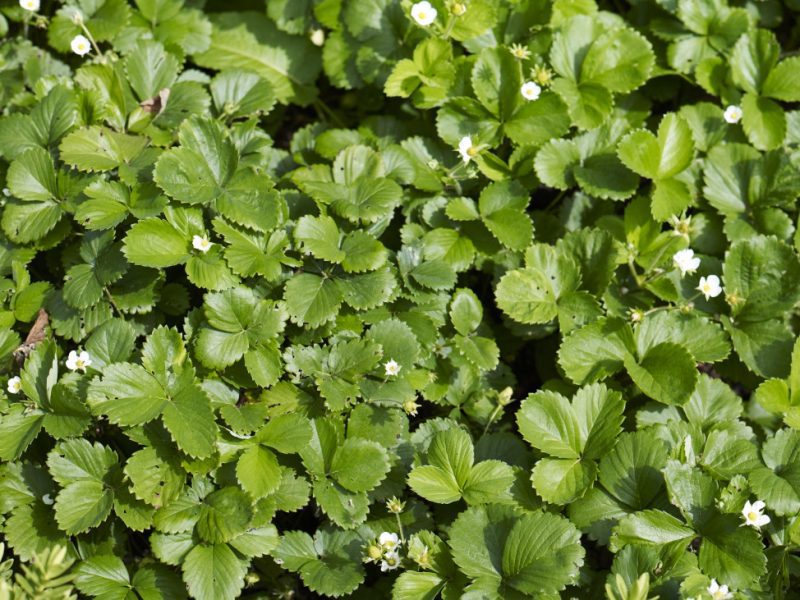
“…Without realising it at the time, my mum was providing me with invaluable plant knowledge in the much later years when she was gone. To this day, names of plants pop into my head, that she told me about, that work in clay soils without water and tolerate coastal winds!
Herbs mingle with vegetables, cleansing teas and edible flowers. Greenhouses are stocked full of sprouting micro-greens. It began from the difficulty of sourcing truly fresh ingredients. We had the land, and we started to think: “why not make these gardens productive as well as beautiful? Why not walk out each morning and pick your ingredients fresh for the day? Commercially much of what we grow would be unavailable so it’s been a joy to create these gardens for our own needs, and experiment and trial new plants in the ever-hopeful quest that ‘this one will work!’

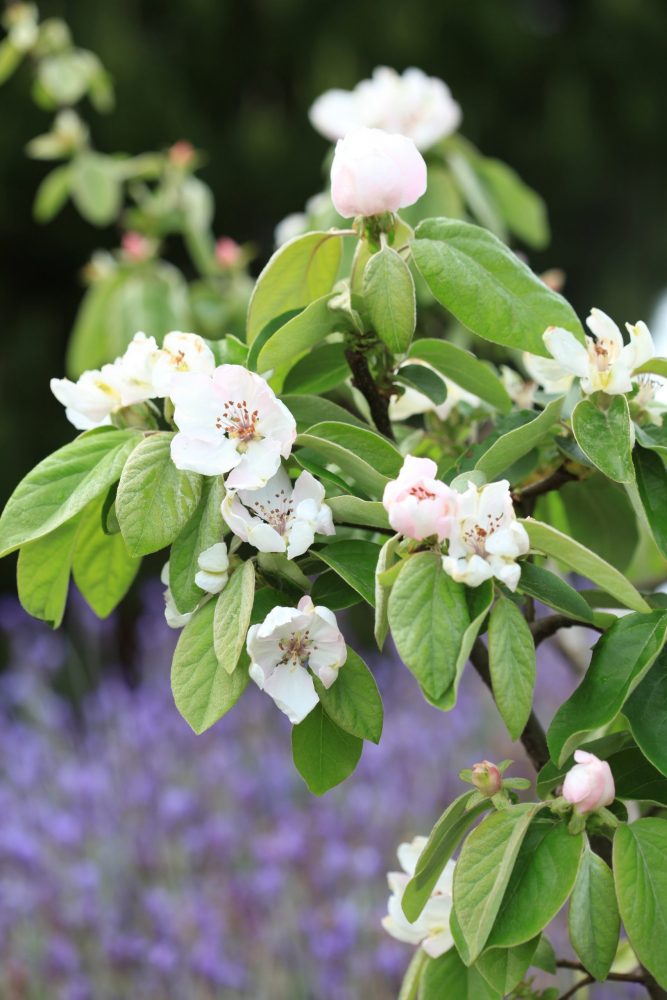
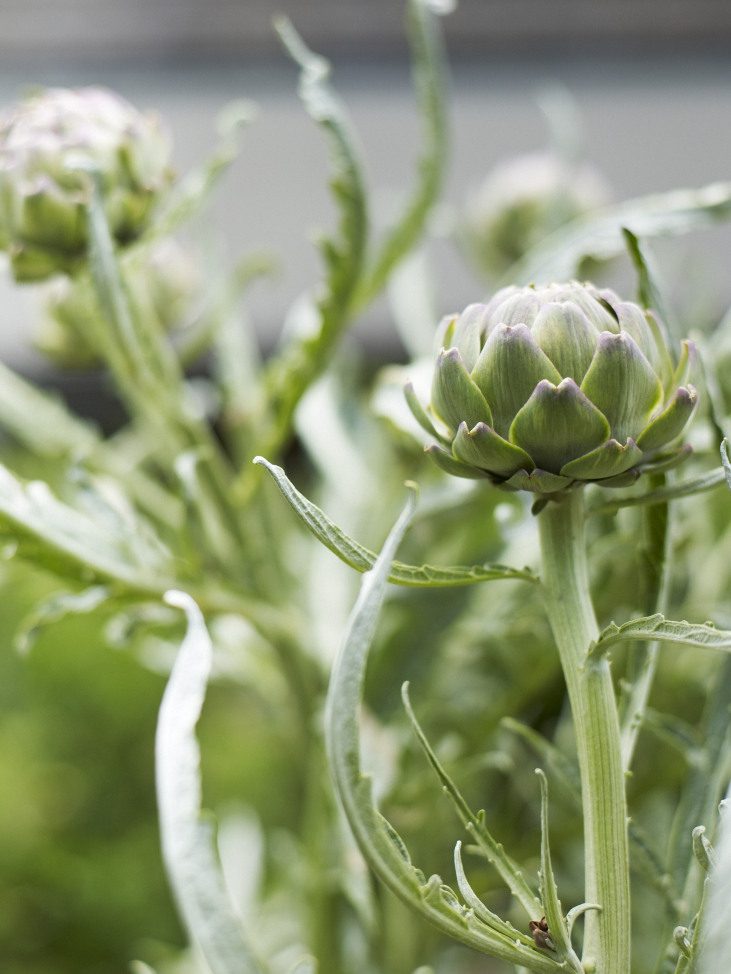
The garden grew gradually and in fits and starts. Interestingly, time and money became available to help create it. Diggers arrived. Planting beds were formed. Compost was purchased. Purchased? Yes, purchased. We were not composting then. That was where the next initiative arose from. Compost, and more compost – was trucked in. Compost breaks down, and then you need to buy more compost for the next season. Meanwhile, all of our waste was being trucked away, in plastic bags and taken to the tip. It just didn’t make sense. Gardens need compost and restaurants produce a lot of organic waste. All those potato peelings, outer cabbage leaves, coffee grounds, the list goes on. The vineyard produces it’s own bounty of organic waste also. We talked to the chefs, the waiters and all of our support staff. Could we organise a system to separate our waste to make compost? It took a little while to instigate the system as there is an awful lot of sorting to be done. Waste is composted, only to be returned to the soil to regenerate a new flush of herbs and vegetables, picked from the potager to your plate.
